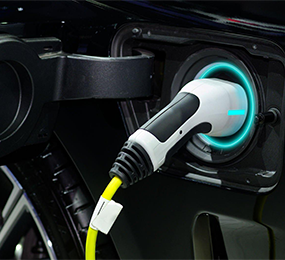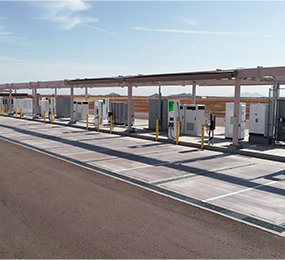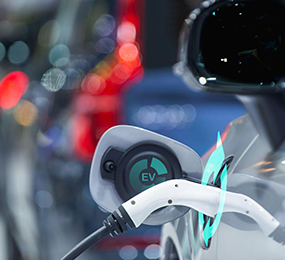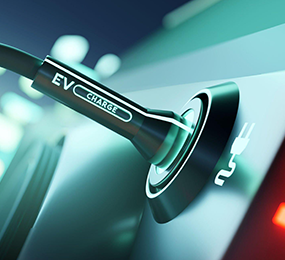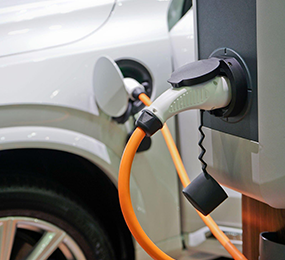Environmental Impact of EV Charging Infrastructure: A Life Cycle Analysis
The transition to electric vehicles (EVs) is a crucial step towards reducing greenhouse gas emissions and combating climate change. However, the environmental impact of the charging infrastructure required to support this shift is a complex issue. A life cycle analysis (LCA) is essential to comprehensively assess the environmental implications of EV charging, from raw material extraction to end-of-life disposal.
While EVs themselves produce zero tailpipe emissions, the electricity used to charge them must be generated, which often involves fossil fuels. Additionally, the production of batteries and charging equipment consumes significant energy and resources. Moreover, the disposal of these components at the end of their lifespan can generate hazardous waste. On the positive side, EV charging infrastructure can contribute to grid stabilization by storing energy during off-peak hours and releasing it when demand is high.
To minimize the environmental impact of EV charging, a combination of strategies is necessary. This includes increasing the proportion of renewable energy sources in the electricity grid, improving battery recycling technologies, and designing charging infrastructure with sustainability in mind. By carefully considering the entire lifecycle of EV charging, policymakers and industry stakeholders can work towards a truly clean and sustainable transportation sector.
Visit our website to know more: https://www.leadventgrp.com/events/3rd-annual-ev-charging-infrastructure-forum/details
For more information and group participation, contact us: [email protected]
Leadvent Group - Industry Leading Events for Business Leaders!
www.leadventgrp.com| [email protected]




